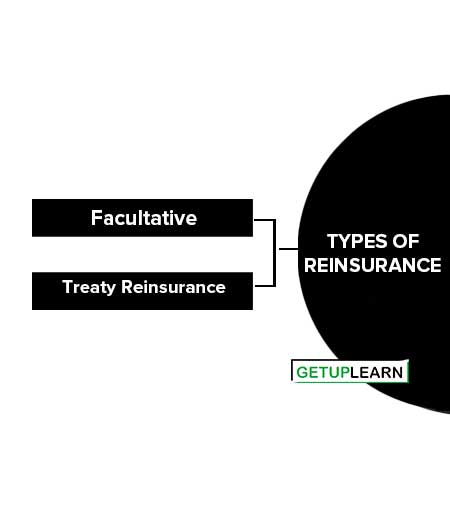What is Reinsurance?
Reinsurance is the insurance in whole or in part of the risk of liability that an insurer has undertaken under a contract of insurance. It is a way of spreading the excess risk over what the insurer is capable of retaining. This is a way of reducing the net losses he may have to suffer.
Where a person takes more than one policy of insurance on the same risk he is said to effect double insurance. Whatever may be the total sum assured on all the policies, he cannot recover from all or any of them more than the amount of the loss. This is because they are all contracts of indemnity. Reinsurance is a means of stabilizing income and losses over a period of years.
Types of Reinsurance
There are two types of reinsurance:

Facultative
Facultative is the oldest form of reinsurance. In this, the individual risk is to be offered to the reinsurance. He has to assess it and accept or reject it as in the case of original insurance. It involves a lot of time. Hence, it is not popular.
Treaty Reinsurance
It is a simple method. In this, the insurer enters into an overall agreement with the reinsurer who agrees to grant reinsurance according to the treaty automatically of a proportion expressed as a specified percentage.
Such treaties are entered into with a number of reinsurers so as to cover the entire excess. As and when the insurer issues a policy, it is simultaneously reinsured under the treaty. Thus reinsurance protection is available immediately.
FAQs About the Reinsurance
What are the types of reinsurance?
There are two types of reinsurance: Facultative 2. Treaty Reinsurance.
